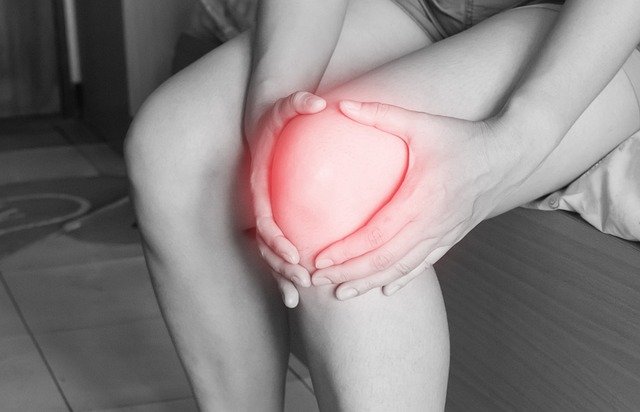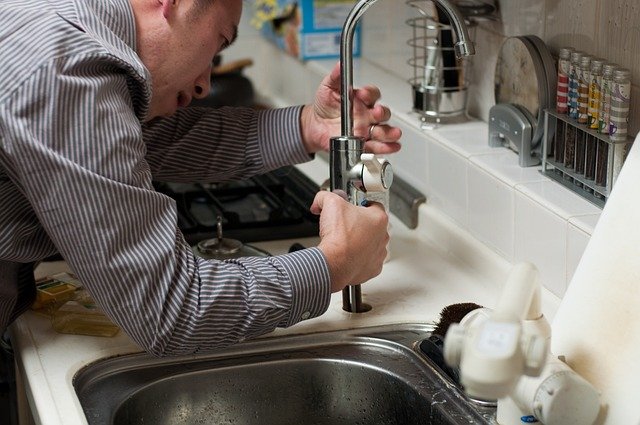Understanding and Treating Knee Pain: Effective Solutions for Relief
Knee pain is one of the most common musculoskeletal complaints that affects people of all ages, from active athletes to seniors. Whether it stems from an injury, medical condition, or the natural aging process, knee pain can significantly impact your mobility and quality of life. Finding effective treatment options requires understanding the underlying causes and available interventions. This comprehensive guide explores the symptoms, treatment approaches, and associated costs to help you navigate your path to knee pain relief.

What Are the Common Symptoms of Knee Pain?
Knee pain manifests in various ways depending on its cause and severity. Common symptoms include swelling and stiffness, making it difficult to fully straighten the knee. Many patients experience redness and warmth to the touch, particularly when inflammation is present. Weakness or instability might make you feel as though your knee could “give out” while standing or walking. Some people hear popping or crunching noises during movement, which can indicate structural issues within the joint. Pain patterns vary widely—you might experience sharp, stabbing sensations during specific movements or persistent, dull aches that worsen after prolonged activity or rest.
Location matters too; pain behind the kneecap often suggests patellofemoral issues, while pain on the sides might indicate ligament problems or meniscus tears. When symptoms include significant swelling, inability to bear weight, visible deformity, or fever accompanying knee pain, immediate medical attention is necessary as these could signal serious injuries or infections requiring prompt treatment.
What Are Effective Knee Pain Treatment Tips?
Conservative treatment approaches should typically be the first line of defense against knee pain. The RICE protocol—Rest, Ice, Compression, and Elevation—remains a cornerstone of initial treatment, especially for acute injuries. Regular application of ice for 15-20 minutes several times daily reduces inflammation, while compression bandages help control swelling. Over-the-counter pain medications like acetaminophen can address pain, while nonsteroidal anti-inflammatory drugs (NSAIDs) such as ibuprofen tackle both pain and inflammation.
Physical therapy plays a crucial role in recovery, with targeted exercises strengthening the muscles surrounding the knee joint, improving flexibility, and enhancing stability. Low-impact activities like swimming, cycling, or using an elliptical machine maintain fitness without stressing damaged knee structures. Lifestyle modifications, including weight management, can significantly reduce pressure on the knee joints—each pound lost translates to four pounds less pressure on the knees during walking.
For persistent pain, medical interventions may include corticosteroid injections to reduce inflammation, hyaluronic acid injections that lubricate the joint, or platelet-rich plasma therapy using components from your own blood to promote healing. When conservative measures fail, surgical options such as arthroscopy, partial or total knee replacement might be necessary depending on the underlying condition and its severity.
How Should I Choose the Right Knee Pain Treatment Approach?
Selecting the appropriate treatment approach depends on several factors, including your diagnosis, pain severity, age, activity level, and overall health status. Begin with a thorough medical evaluation from a healthcare provider who specializes in orthopedics or sports medicine. They will likely perform a physical examination, review your medical history, and possibly order imaging tests like X-rays, MRIs, or CT scans to determine the underlying cause.
For mild to moderate knee pain, start with conservative treatments before considering more invasive options. Track your response to different interventions—note which activities trigger pain and which relieve it. Consistency with prescribed exercises and treatments is critical for long-term success. Patients with chronic conditions like osteoarthritis might benefit from an integrated approach combining medication, physical therapy, and lifestyle modifications.
Consider seeking second opinions for serious diagnoses or when surgery is recommended. Recovery timelines vary widely depending on the condition and treatment—from weeks for minor injuries to months for surgical recovery. Work with your healthcare provider to establish realistic expectations and develop a comprehensive treatment plan tailored to your specific needs and goals.
What Are the Typical Knee Pain Treatment Costs?
Understanding the financial aspects of knee pain treatment helps in planning for these healthcare expenses. The cost spectrum is quite broad, ranging from relatively inexpensive conservative treatments to significant investments for surgical interventions.
| Treatment Option | Average Cost (Without Insurance) | With Insurance (Typical Out-of-Pocket) |
|---|---|---|
| Physical Therapy | $75-150 per session (6-12 sessions typically needed) | $20-60 per session with copay |
| Knee Brace/Support | $15-1,500 depending on type | $0-500 after coverage |
| Corticosteroid Injection | $100-300 per injection | $25-100 with insurance |
| Hyaluronic Acid Injection | $500-1,500 per series | $100-500 after coverage |
| Arthroscopic Surgery | $5,000-25,000 | $1,000-5,000 after deductible |
| Total Knee Replacement | $30,000-50,000+ | $5,000-10,000 after coverage |
Prices, rates, or cost estimates mentioned in this article are based on the latest available information but may change over time. Independent research is advised before making financial decisions.
Insurance coverage varies significantly between providers and plans. Most plans cover a portion of diagnostic imaging, though patients may be responsible for deductibles and copayments. Medicare typically covers knee treatments deemed medically necessary, including surgery for eligible patients. Many physical therapy practices offer payment plans, and some hospitals provide financial assistance programs for those who qualify.
Additional costs to consider include prescription medications ($10-200 monthly), mobility aids ($15-400), and potential lost wages during recovery. For those without insurance, community health centers sometimes offer reduced-cost care based on income, and manufacturer assistance programs may help with specific treatments like injections or medications.
What New Treatments Are Emerging for Knee Pain?
The landscape of knee pain treatment continues to evolve with promising innovations. Regenerative medicine approaches, including stem cell therapy and platelet-rich plasma (PRP) injections, show potential for stimulating natural healing processes in damaged knee tissues. While still considered somewhat experimental with varying insurance coverage, preliminary research indicates these treatments may help certain patients avoid or delay surgery.
Technological advances have also improved surgical outcomes, with robotic-assisted knee replacement surgery offering greater precision and potentially better alignment. Minimally invasive techniques continue to reduce recovery time and post-operative pain. Wearable technology provides real-time feedback during rehabilitation, allowing for more personalized recovery protocols and improved patient compliance.
As research continues, treatments targeting the biological mechanisms of conditions like osteoarthritis may lead to disease-modifying therapies rather than just symptom management. Patients interested in cutting-edge treatments should discuss current options and clinical trials with their healthcare providers to determine if newer approaches might benefit their specific condition.
This article is for informational purposes only and should not be considered medical advice. Please consult a qualified healthcare professional for personalized guidance and treatment.




